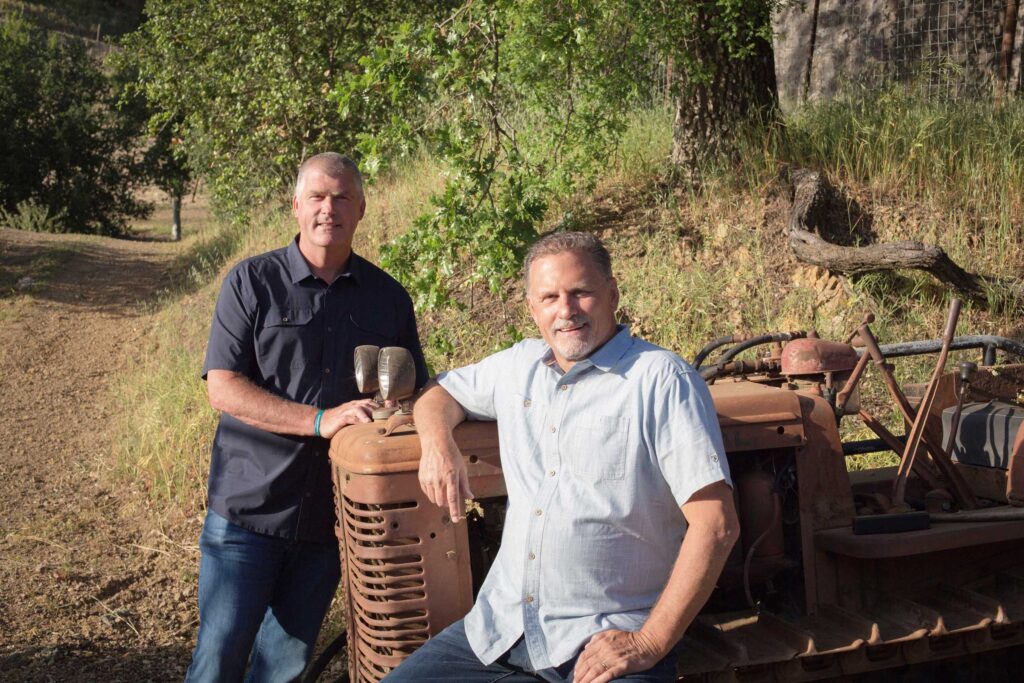Terroir is one of the most used and least understood words in the wine industry. A French word that means “earth” or “soil”, or simply a sense of place, winemaker Randall Grahm is quoted to have defined it as “the precise opposite of nowhereness.” Karen MacNeill says in her Wine Bible that “Terroir is a way by which man uses soil, vine and climate to express a trait in wine. Terroir isn’t a hierarchy for quality, but rather a mantle for the sense of identity. This notion is a sensitive one in times of changing fashions. Wine is diversity, and terroir is a real way to escape the monotony of daily life.” And she may be right! But for me, it simply describes the noticeable differences found in wines grown in different areas, manifested through defining factors such as the soil, topography, and climate.
The beauty of the Napa Valley as a growing region, is that within our 30 miles of length and 5 miles of width, you will find half of the world’s defined soil orders, 33 soil series, a Mediterranean climate with fog moderation in the summertime, sub climates within this Mediterranean climate, and varying topography ranging from sea level to 2600 feet in elevation. The Napa Valley, then, has its own terroir. This complex diversification within our valley allows for 16 different appellations, each with their own recognizable terroirs. And within these appellations, the many different vineyards planted on many different parcels, with different soil types and undulations of the land, fog pockets or heat islands, each have their proprietary terroir as well.

At Ilsley Vineyards, nestled in the heart of the Stag’s Leap Appellation, our 23-acre Downey Ranch Estate vineyard is split into three distinct sections: the hillside, the foothills, and the valley floor. The steepest hillside area is made up of sandstone and shale silt loam – rocky soils that were deposited by volcano eruptions millions of years ago. The volcanic rock base provides exceptional drainage, putting some stress on the vine to create more complex concentrated wines. We choose to use drought tolerant rootstocks in this area of the vineyard and plant the vines closer together to achieve the optimum balance in these rocky soils. Something of note: all our Estate and Reserve Cabernet Sauvignon wines come from this small section of our property.
The middle slice of our property has a nice rolling terrain, with gravelly loam soil types that were washed down from the Vaca Mountains resulting in beautiful alluvial soil. The vines need less water and grow well on lower vigor root systems, and the finished wines from this area seem to show more red fruit characteristics, such as raspberry and cherry. We’ve found over the years that Malbec thrives on this sloping section of the estate vineyard, and the core of what we use for Seis Primas comes from this spot.
As you enter Ilsley Vineyards from Silverado Trail, you drive through our valley floor blocks. This area has a nice blend of sand and clay loam soils bordering the road as you drive in. Wine made from grapes in this section is typically soft and velvety in texture, and usually becomes a well-integrated, balanced finished product. We have grown many varieties across this stretch of land in the past, including Sangiovese, Chenin Blanc and Zinfandel, but today it is planted to Cabernet Sauvignon. While we occasionally supplement our hillside fruit with fruit from these blocks, it is generally sold to enhance the portfolio of many of our Stag’s Leap neighbors.
We are so fortunate that our grandfather found this amazing property in the 1950’s! We all know our vineyard intimately, and use the knowledge of our site to make most the of our winemaking decisions – after all, the options it provides for our winemaker are endless. For us here at Ilsley Vineyards, terroir is everything, and we are blessed to be able to share wines that truly represent a sense of our family and our place with you.
